Table of Contents
Introduction
If you’ve ever noticed a dusty, golden powder collecting at the bottom of your grinder, you’ve seen kief. Sometimes called “dry sift” or “cannabis crystals,” kief is one of the oldest and purest forms of cannabis concentrate. Highly potent, rich in cannabinoids and terpenes, and remarkably versatile, kief has been used for centuries in traditional hash-making and modern enhancement techniques alike.
This guide dives deep into everything you need to know about kief: what it is, how it’s collected, how to use it, and how to store it properly. Whether you're looking to intensify your vaporizer experience, craft your own hash, or simply explore the best ways to handle this precious powder, you’ll find the answers here.
Let’s begin with a closer look at what kief actually is—and why it’s so valuable.
What Is Kief?
Kief refers to the loose, resinous trichomes that fall off cannabis flower during handling, grinding, or sifting. These tiny crystal-like structures cover the surface of mature cannabis buds and are packed with cannabinoids like THC, CBD, and CBG, as well as aromatic terpenes that define each strain’s scent and effect profile.
Trichomes serve an important purpose for the cannabis plant. They’re the plant’s natural defense system—warding off pests, regulating UV exposure, and protecting against disease. For humans, they’re the most potent part of the plant.
When separated from the plant, trichomes become kief: a fluffy, golden powder that looks almost like pollen. Depending on the strain and collection method, kief can appear pale blonde, light green, or even amber. The finer and purer the grind, the lighter the color tends to be.
Because it’s so concentrated, kief is significantly stronger than regular cannabis flower. While top-shelf flower might test at 20–25% THC, clean kief can test anywhere from 50–70%, depending on purity. This makes kief a powerful way to enhance bowls, joints, or vaporizers—without the need for complex extraction equipment.
How Kief Is Collected
The most common way cannabis users collect kief is with a multi-chamber grinder. These grinders have a mesh screen that separates the ground flower from the fine crystals that fall through to the bottom compartment—known as a kief catcher.
Here are the most popular collection methods:
- 3-Piece or 4-Piece Grinder: Grinds flower in the top chamber, then sifts kief through a fine mesh screen into the bottom compartment.
- Dry Sifting: Uses a series of screens with different micron sizes to separate kief from larger plant particles. This method is more common in commercial or DIY hash production.
- Freezing and Sifting: Lightly freezing buds before sifting helps trichomes break off more easily, especially if you’re processing a larger batch at home.
- Drum or Mechanical Sifters: Automated rotating screens that sift large volumes of cannabis into kief—mainly used in professional settings.
The finer the screen (typically between 100–150 microns), the purer the kief. Lower-quality kief may still contain some plant matter and appear greener. Higher-quality sift is blonde and fluffy, with little to no chlorophyll.
To avoid waste, you can also brush leftover kief off your grinder using a small plastic scraper or soft brush. Even a small amount of kief can dramatically elevate a bowl, joint, or vapor session.
Best Ways to Use Kief
Thanks to its potency and versatility, kief can be used in a variety of ways to enhance your cannabis experience. Whether you're smoking, vaping, or infusing, a little goes a long way. Here are the most popular and effective ways to enjoy kief:
1. Sprinkle on Bowls (a.k.a. “Crowning”)
This is the most common use of kief. Simply sprinkle a pinch of kief over your bowl of ground flower to increase potency and add a flavorful punch of terpenes. It’s best to add it on top of the bowl rather than mixing it in, as kief burns quickly. Light it gently to avoid wasting the potency in a single hit.
2. Roll Into Joints or Blunts
Adding kief to a joint creates what many call a “twaxed” joint. You can mix kief into the ground flower before rolling, or roll the outside of a finished joint in kief for extra punch. Pro tip: slightly dampen the outside with a thin layer of wax or oil first to help the kief stick.
3. Vaporize for Clean Flavor
Vaping kief offers a highly efficient and flavorful experience. Because kief contains fewer lipids and plant fibers than full flower, it vaporizes cleanly and evenly—especially in manual convection vapes like the Lotus or Vapman. Use a low to medium temperature (170–185°C) for best results, and consider layering kief over a base of flower to prevent it from falling into the heater.
4. Infuse into Butter or Oil
Kief makes an excellent base for edibles because it’s already high in cannabinoids. Simply decarboxylate the kief (heat at 110–120°C for 25–30 minutes) and mix into butter, coconut oil, or olive oil for cooking. Since kief is more concentrated than flower, you’ll need less for the same effect. Always label your infusions and dose carefully.
5. Load Into a Concentrate Bowl
Some vaporizers and glass rigs offer concentrate inserts or quartz bangers that work well with kief. Be cautious—because kief is so dry, it burns quickly. Start with a small amount and low heat for maximum flavor.
Whichever method you choose, remember: kief is strong. Start with a small amount and adjust as needed. It’s the perfect way to elevate your ritual with minimal effort and maximum reward.
Pressing Kief Into Hash
If you want to turn your loose kief into a more stable and portable form, pressing it into hash is a classic and satisfying method. Hash is essentially compressed kief—heated and pressed into bricks, coins, or slabs. The heat activates the sticky oils and binds the trichomes into a denser product with longer shelf life and smoother handling.
Methods for Pressing Hash at Home:
- Hand-Rolling: The simplest method. Take a small amount of kief and roll it between your palms using friction and pressure. The warmth of your skin helps bind it into a sticky resin ball (often called “charas”).
- Hot Water Bottle Press: Wrap kief in parchment paper, fold it tightly, and press under a warm (not boiling) water bottle for 10–20 minutes. Then apply manual pressure using a rolling pin or your body weight.
- Mechanical Press: Use a pollen press or rosin press for better consistency and shape. This method provides higher compression, and heat settings can help customize texture.
Pressed hash can be smoked, vaporized, or crumbled into joints or edibles. It stores better than loose kief and can even improve with age—developing deeper flavors and aromas over time.
Just like with kief, quality matters. Use only clean, blonde kief for pressing. If your kief has lots of green plant matter, it may produce a harsher or grassy-tasting hash.
Kief vs. Other Cannabis Concentrates
Kief is often compared to modern cannabis concentrates like rosin, wax, shatter, and oil—but it's important to understand the distinctions. While kief may look simple, it offers a unique balance of purity, potency, and traditional appeal that sets it apart from solvent-based or heat-extracted products.
Key Differences:
- Extraction Method: Kief is collected mechanically—no solvents, heat, or chemicals are used. In contrast, products like BHO (butane hash oil) or distillate involve chemical extraction.
- Potency: Kief ranges from 40–70% THC, depending on purity. Solvent-based concentrates can exceed 80–90%, but are often stripped of terpenes or require reintroduction of flavor.
- Texture & Handling: Kief is dry and powdery. Rosin and wax are sticky and need specific tools. Kief can be added to flower, bowls, edibles, or pressed into hash with ease.
- Flavor Profile: Because it preserves many native terpenes, kief has a rich, natural flavor that reflects the original strain—especially when vaporized.
- Accessibility: Anyone with a grinder can collect kief. Making wax or oil requires advanced equipment and safety precautions.
Ultimately, kief is a low-tech, high-reward option—ideal for users who want to intensify their sessions without diving into high-potency concentrates or complex tools. It bridges the gap between traditional flower and modern extracts, offering strength without losing the plant’s soul.
How to Store Kief Properly
Because of its fine, resinous texture and high cannabinoid content, kief needs to be stored with care to preserve its potency, aroma, and texture. Left exposed to light, heat, or oxygen, it will lose flavor quickly and may even clump or degrade over time.
Tips for Storing Kief:
- Use an Airtight Container: Glass jars with screw lids work well. Silicone containers are also popular for short-term storage but may absorb some of the scent and stickiness over time.
- Store in a Cool, Dark Place: Keep your kief away from sunlight, heat, and humidity—ideally in a drawer or cabinet between 15–21°C (59–70°F).
- Avoid Excessive Handling: Use a small spoon, scraper, or dab tool to move kief. Finger oils degrade trichomes and reduce quality.
- Don’t Store in Plastic Bags: They cause static, which pulls trichomes apart and can make your kief cling to the sides or get crushed.
- Freeze Only If Pressed: Loose kief can become brittle and break in the freezer. If you must freeze it, first press it into hash and vacuum seal it tightly to avoid moisture exposure.
If stored well, kief can last for months without noticeable loss of strength or aroma. Just like your flower, treat it with care—and it’ll reward you every time you open the jar.
Conclusion
Kief is one of the oldest, simplest, and most effective cannabis concentrates available. Whether you’re collecting it from your grinder, pressing it into hash, or using it to supercharge your bowls and vaporizers, kief delivers potency and purity with minimal effort. It’s an easy way to elevate your cannabis experience—without needing fancy tools or complicated extraction processes.
By understanding how to collect, use, and store kief properly, you can get the most out of this golden dust. It’s a perfect companion to dry herb vaporizing, homemade infusions, or traditional rituals. Its strength, flavor, and flexibility make it one of the most cherished parts of the plant—yet often one of the most overlooked.
For those who appreciate flavor, control, and mindful usage, tools like the Vapman Click and Lotus Kit pair beautifully with kief. Their hybrid heating and analog precision allow you to unlock the full profile of trichome-rich material like kief, without burning or waste.
Whether you're new to kief or a long-time collector, treat it like the treasure it is—and it will enhance every session, one sparkling crystal at a time.
About the Author

Author: Michael Mussner, Founder of INHALE Vaporizers
Michael is a passionate vaporizer designer and entrepreneur from South Tyrol, driven by craftsmanship, sustainability, and the mindful use of natural herbs. With a background in product innovation and a love for analog technology, he founded INHALE to revive flame-powered vaporizers like the Vapman and Lotus. Every product he creates is deeply rooted in authenticity, simplicity, and a respect for nature.
Questions? Contact us here or email support@nowinhale.com.




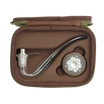
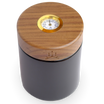
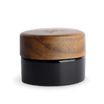
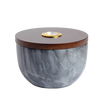
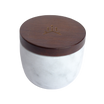
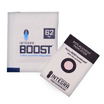
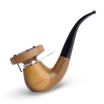

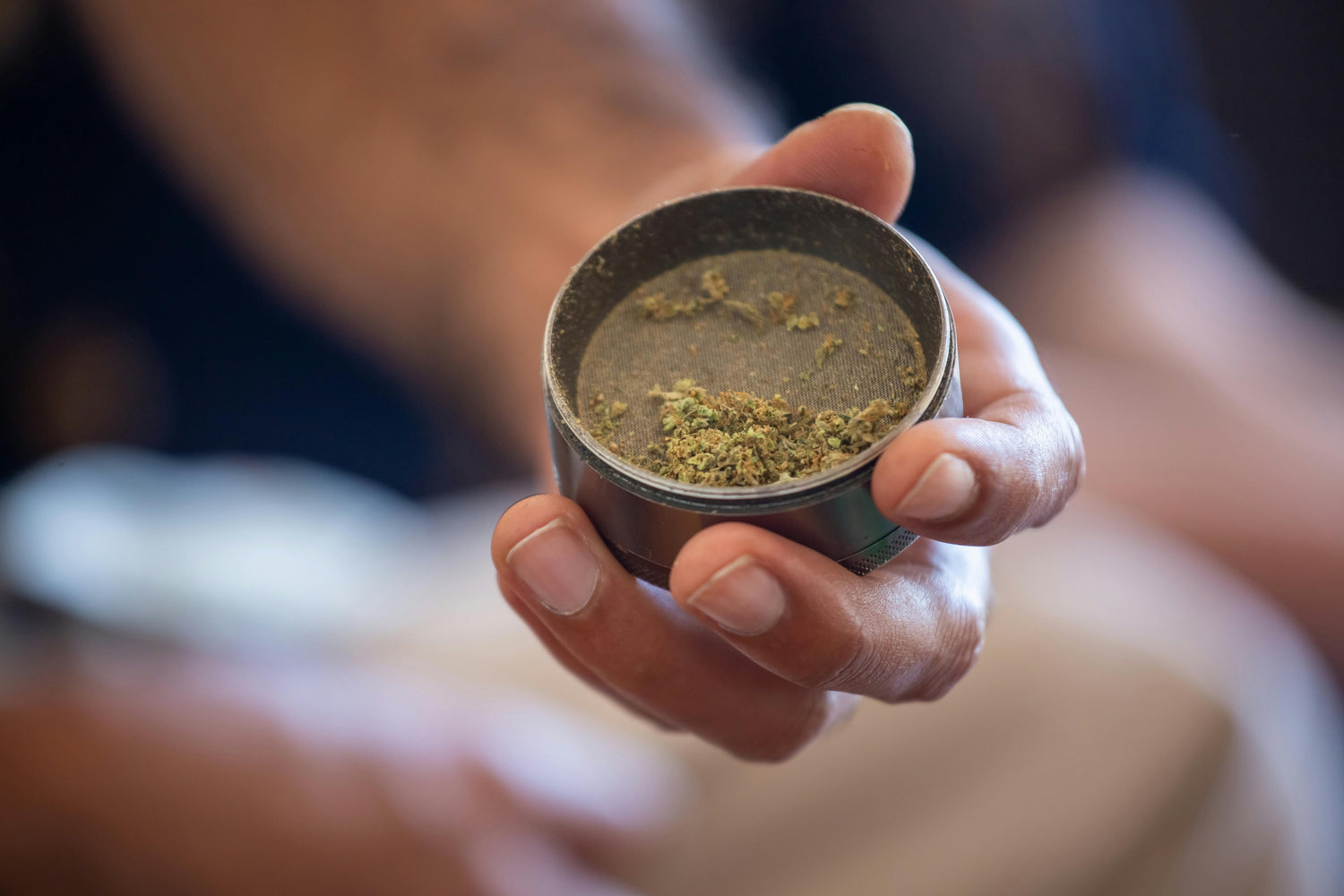




Leave a comment
All comments are moderated before being published.
This site is protected by hCaptcha and the hCaptcha Privacy Policy and Terms of Service apply.